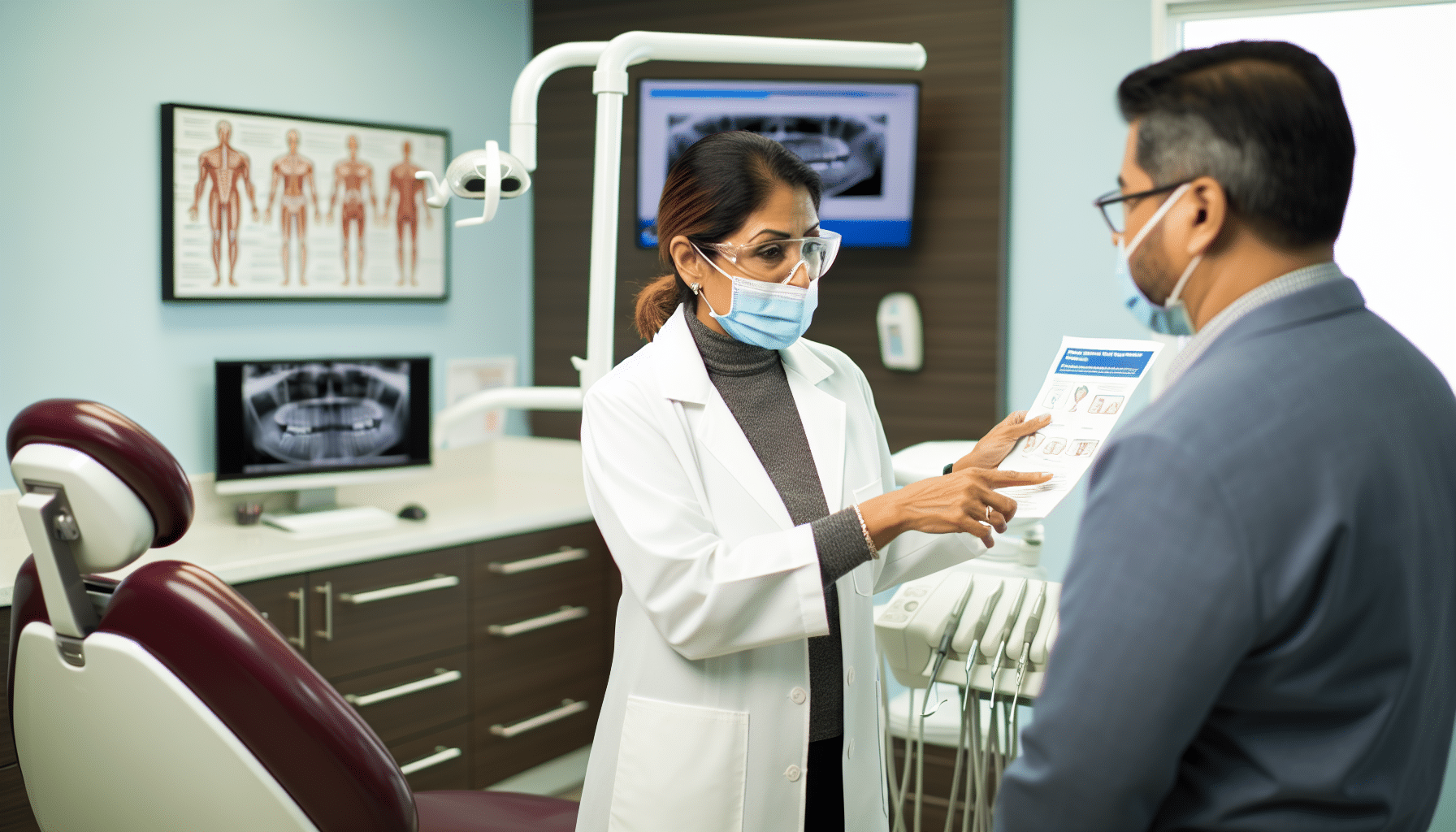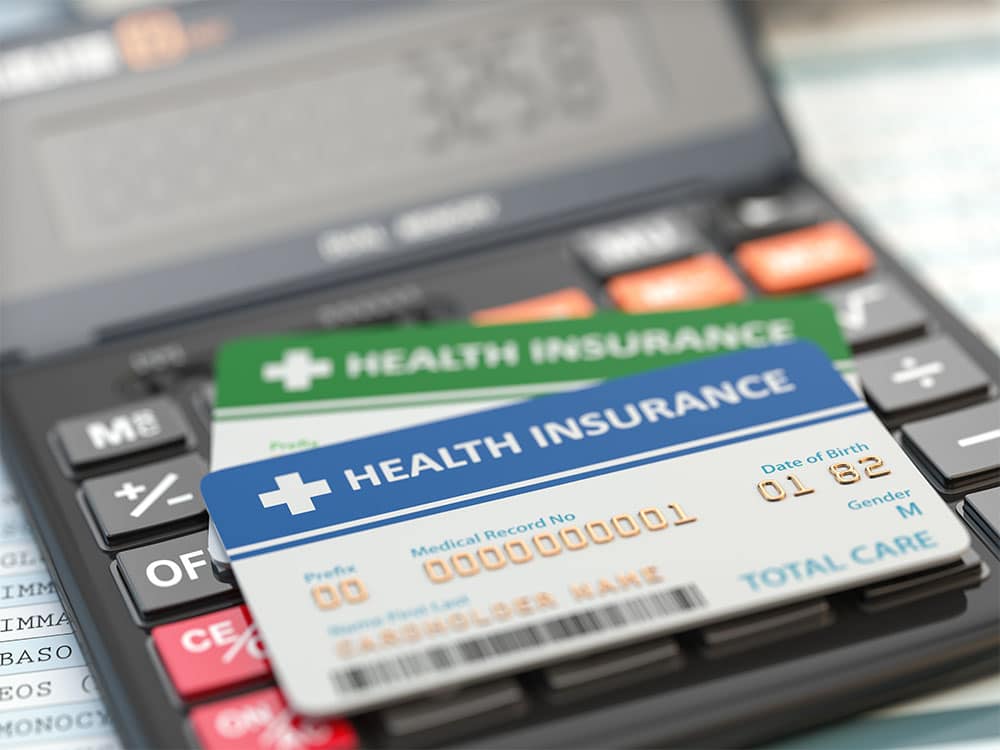
Understanding Costs: How Much Are Dental Cleanings Without Insurance?

Seeking clarity on how much dental cleanings are without insurance? This article directly tackles the costs, exploring the range of prices you may encounter and the factors that influence them. Selfgood offers valuable resources and guidance to assist individuals in managing their oral health expenses and accessing affordable dental care.
By leveraging Selfgood’s expertise and resources, individuals can gain a comprehensive understanding of dental cleaning costs and access valuable tools and information to effectively manage their oral health expenses.
Key Takeaways
-
The average cost of dental cleanings without insurance ranges from $90 to $200.
-
Location, dentist expertise, and cleaning type can significantly affect the final price, with deep cleanings reaching up to $1,500.
-
Dental insurance can mitigate cleaning costs, usually covering at least one deep cleaning per year;
-
Consider your plan’s limitations and exclusions. Then, choose a plan that meets your dental care needs and budget.
-
There are several affordable alternatives to dental insurance for dental care.
-
Some options include dental discount plans, services provided by dental schools, and sliding-fee services at community health centers, which can help manage oral health expenses.
The Price of Dental Cleanings Without Insurance

The average cost for dental cleaning without insurance typically falls between $90 and $200. This can vary based on some aspects, like the dentist’s location and level of expertise. New patients may face higher costs with extensive exams and x-rays needed during their first visit, which could elevate the expense by an additional $50 to over $400.
It is important to remember that teeth cleaning prices are not standardized across all locations. These factors can influence the final price tag for a teeth cleaning procedure without insurance:
- Where the dentist practices
- Their professional experience
- The type of dental cleanings
Location and Expertise – Dental Cleanings
The dentist’s location and expertise level can influence the dental cleaning price. Dentists in urban areas with steeper living costs often have higher service fees than those practicing in rural locations. Dentists with more experience and proficiency may demand significant compensation for their dental care services.
As such, variables like the skill level of the person performing your teeth cleaning and the geographic setting where it takes place can significantly influence what you pay from your pocket. Strike an equilibrium between receiving high-quality dental care and maintaining its affordability.
Type of Cleaning
The cost of teeth cleaning can vary based on the specific procedure needed. For instance:
-
The typical price range for a standard adult prophylaxis, or routine teeth cleaning, falls between $75 and $200 when not covered by insurance.
-
If scaling and root planing, known as deep cleaning, are necessary, the cost could range upwards of $400 for each quadrant treated.
-
A full-mouth deep cleaning treatment may cost roughly $1,500 without insurance coverage.
For those with prior periodontal issues requiring ongoing care, such as periodontal maintenance procedures, costs range between $150 to $300 per visit without an insurance plan. Depending upon what dental cleaning is required during your dental appointment influences how much you will pay significantly.
Navigating Dental Insurance – Dental Cleanings
Having dental insurance can significantly ease the financial burden of maintaining oral hygiene through regular dental cleanings. Many insurance plans will often cover the entire expense for at least one deep cleaning per year, making getting free or low-cost dental care possible. Finding the perfect insurance plan is complicated with coverage limitations.
Managed care dental plans consolidate service delivery and cost management by encouraging patients to utilize in-network providers while controlling expenses with established quality assurance protocols and utilization reviews. Resources like Selfgood offer guidance when exploring the health insurance marketplace for compliance with the Affordable Care Act (ACA) and dental insurance policies.
Coverage and Limitations
Numerous dental insurance plans include coverage for regular dental cleanings and preventive measures. These are critical in preserving oral health and preventing potential dental complications.
Restrictions often apply within these plans concerning pre-existing conditions such as absent teeth, where the length of prior creditable coverage can impact any exclusions from coverage. A more extensive previous range likely diminishes such exclusions.
Some insurance plans provide additional check-up opportunities for those susceptible to persistent dental issues like gingivitis or frequent cavities. You should understand the details of your specific plan and any limitations it may impose.
Choosing the Right Plan
When selecting an appropriate dental insurance plan, consider your needs for dental care, the choice of dentists available within the plan’s network, and manageable out-of-pocket costs. You can benefit from an initial dentist examination, including diagnostic X-rays, as you consider your options.
As you explore your options, bear in mind that:
-
Dental indemnity plans are known for offering a broad selection of dentists but might have lower reimbursement levels and limits on benefits.
-
Managed care plans such as PPOs and HMOs tend to operate with established networks of providers, which could influence how much coverage you receive.
-
A clear understanding of what your insurance plan covers is crucial. Be mindful of exclusions or limitations like waiting periods or yearly maximum benefits.
It’s critical to comprehend these elements thoroughly when navigating through choices for a dental insurance plan.
Affordable Alternatives to Dental Insurance
If dental insurance is beyond your reach, there’s no need to worry, as affordable options exist. Dental discount plans, institutions like dental schools, and community health centers offer budget-friendly methods for sustaining oral hygiene without straining your finances.
Such alternatives prove especially valuable for those unable to afford dental insurance or who have exhausted their yearly maximum coverage limit. Delving into these options reveals several avenues to support your oral well-being.
-
Dental savings programs
-
Discounted dental services
-
Community health facilities
-
Educational clinics at dental universities
-
Clinics with income-based fees
-
Complimentary or reduced-cost dentistry services
Dental Discount Plans

Unlike most dental insurance plans, which provide coverage for dental services at participating providers, dental discount plans offer members savings on such services without being classified as insurance. By paying an annual fee of about $100 for single individuals and $150 for family memberships, these programs grant reductions from 10% to 60% on various dental procedures.
These discount schemes differ from traditional dental insurance because they do not impose deductibles, waiting periods, or cap annual benefits. So, plan holders can access discounted rates on various types of immediate care once enrolled. One disadvantage is the necessity of using dentists within the network with these plans and facing potentially high out-of-pocket costs when needing emergency services not included in the plan’s offerings.
Dental Schools
Another cost-effective option for dental cleanings is available at dental schools. These institutions provide dental services at substantially lower prices than those in private practices. At these clinics, students conduct procedures like cleanings under the strict guidance of seasoned licensed dentists.
Although visits might take longer because they serve as educational experiences, these clinics offer various preventive dental care services, including x-rays, professional teeth cleaning, and applying sealants. With each appointment, patients may be required to share their dental history anew with different students handling their cases.
Community Health Centers
Community health centers present a budget-friendly option for obtaining dental cleanings, delivering these services at reduced rates on a sliding fee scale that caters to the financial capabilities of income-qualified individuals and those lacking insurance coverage.
These centers are designed to serve low-income patients while also accepting Medicaid and employer-provided insurance plans, ensuring adults and children receive extensive dental care.
Certain community health facilities provide discounts on dental procedures provided patients meet specific conditions such as scheduling appointments every six months or making immediate cash payments during their visit.
Maintaining Oral Health at Home
Maintaining excellent oral health involves more than just dental cleanings by professionals. It also requires diligent teeth cleaning at home. By practicing daily hygiene and taking preventative steps, one can minimize the necessity for expensive dental treatments while preserving a healthy smile that extends beyond professional teeth cleaning sessions.
Adopting thorough habits such as nightly tooth brushing with fluoride toothpaste and consuming a balanced diet contributes significantly to the well-being of your teeth. A deeper exploration into these routines reveals how they are essential in maintaining optimal oral health.
Daily Care
Maintaining good oral hygiene begins with brushing fluoride toothpaste twice daily using small circular movements and brief horizontal strokes. It is crucial to floss daily to eliminate plaque and food remnants that may cause tartar accumulation and gum disease. Professional fluoride treatments can also bolster the strength of your teeth, offering added defense against tooth decay.
It’s vital to control dry mouth conditions to minimize the risk of developing cavities. Individuals with limited dexterity might find electric toothbrushes or specially designed-handles more effective for maintaining dental health. Keeping good oral cleanliness also includes brushing one’s tongue to avoid halitosis and rinsing thoroughly after flossing.
Preventive Measures – Dental Cleanings
Maintaining oral health extends beyond daily routines and preventive actions, such as routine dental examinations. These check-ups are crucial for detecting issues that could lead to costlier treatments if ignored. Regular monitoring is beneficial for individuals with diabetes, who have a heightened risk of developing gum disease.
If someone experiences pain or bleeding during brushing or flossing, they should consider these warning signs as indicators to consult a dentist. It may point towards poor dental care practices or deeper oral health problems. Regular visits often incorporate fluoride treatments tailored toward those predisposed to tooth decay. Demonstrating how preventative measures can safeguard against cavity formation.
What’s Next: Dental Cleanings
Maintaining a healthy smile doesn’t have to break the bank. With understanding and careful planning, navigating the costs associated with dental cleanings, whether you’re insured, is possible. Remember, dental insurance can help cover expenses.
Still, affordable alternatives include dental discount plans, dental schools, and community health centers. Maintaining good oral hygiene at home can also help reduce the need for costly treatments. So keep brushing, flossing, and, most importantly, smiling!
Frequently Asked Questions
How much is a dental cleaning without insurance in the US?
Regular dental cleaning can range in price from $75 to $200 if you don’t have insurance, with the typical cost of around $125. This may fluctuate depending on the dentist’s expertise, training, and geographic location.
Why is deep dental cleaning so expensive?
Due to its more invasive nature and the extended time required for procedures like scaling and planning, deep cleaning typically incurs more significant costs than regular cleaning.
Is deep dental cleaning ever essential?
Indeed, when periodontal pockets extend to a depth of 4 millimeters or more, deep dental cleaning is essential for the prevention of tartar accumulation and to promote the reattachment of healthy gum tissue. This procedure assumes medical necessity upon indications of bone loss.
How much does it cost to get your teeth cleaned at the dentist?
When you don’t have insurance, routine dental cleaning typically costs $75 to $200, with the average expense hovering around $125. These costs are subject to change based on where you live and how experienced your dentist is.
What factors affect the cost of dental cleaning?
The overall cost of a dental cleaning is heavily influenced by the dentist’s location and skill level, along with the specific cleaning needed. Each of these elements is critical in setting the final price.





